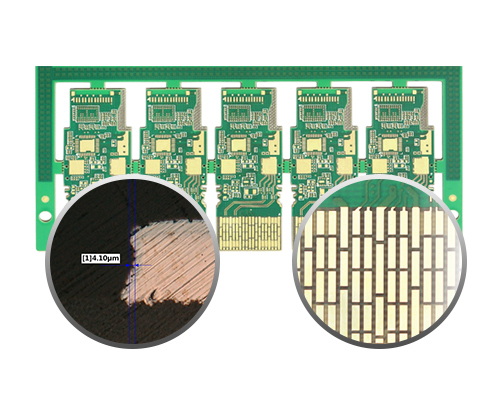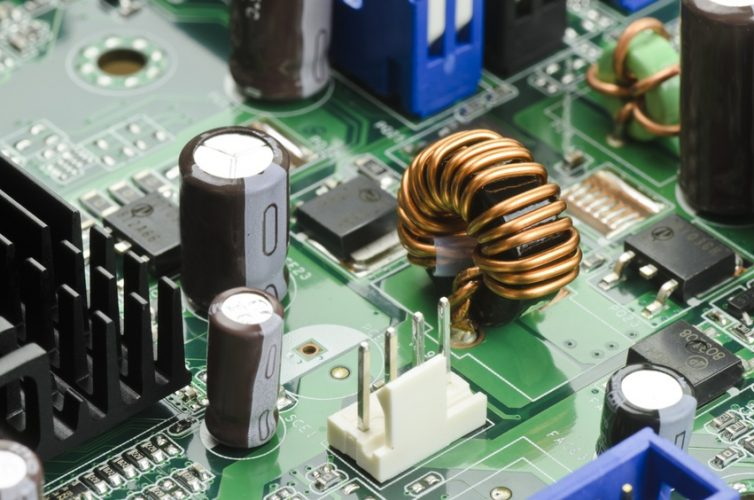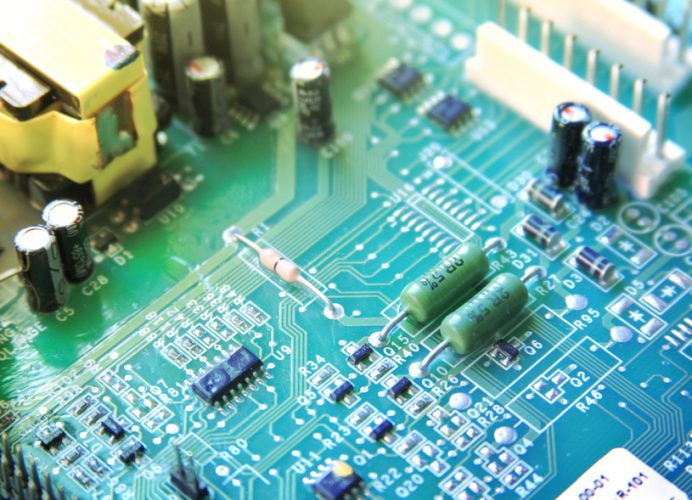Content Menu
● Understanding AOI and SMT
● The Importance of ROI in Manufacturing
● Benefits of Implementing AOI in SMT Lines
>> 1. Enhanced Quality Control
>> 2. Reduced Labor Costs
>> 3. Increased Throughput
>> 4. Lower Rework and Scrap Rates
>> 5. Data Collection and Analysis
>> 6. Advanced Detection Capabilities
>> 7. Flexibility Across Production Lines
● Cost Considerations for AOI Implementation
>> 1. Initial Investment
>> 2. Maintenance Costs
>> 3. Training Expenses
>> 4. Integration Costs
>> 5. Operational Downtime During Setup
● Challenges Associated with AOI Implementation
>> 1. Complexity of Set-Up
>> 2. False Positives/Negatives
>> 3. Dependence on Technology
>> 4. Adaptation Period
● The Future of AOI: Integrating AI Technologies
>> Benefits of AI Integration
● Conclusion
● FAQ
>> 1. What types of defects can AOI detect?
>> 2. How does AOI improve production efficiency?
>> 3. What is the typical payback period for investing in an AOI system?
>> 4. Can existing SMT lines integrate new AOI systems easily?
>> 5. How often should maintenance be performed on an AOI system?
● Citations:
In the fast-paced world of electronics manufacturing, ensuring product quality while maintaining efficiency is paramount. One of the most significant advancements in this field is the implementation of Automated Optical Inspection (AOI) systems in Surface Mount Technology (SMT) lines. This article delves into the Return on Investment (ROI) associated with integrating AOI into SMT processes, examining the benefits, costs, and overall impact on production.

Understanding AOI and SMT
Automated Optical Inspection (AOI) is a technology used to automatically inspect printed circuit boards (PCBs) for defects. It utilizes cameras and sophisticated software to analyze the components and solder joints on a PCB, identifying issues such as misaligned components, insufficient solder, and other anomalies that could affect performance.
Surface Mount Technology (SMT) refers to a method of producing electronic circuits in which components are mounted directly onto the surface of PCBs. SMT has become the dominant technology in electronics manufacturing due to its efficiency and ability to accommodate smaller components.
The Importance of ROI in Manufacturing
ROI is a critical metric for evaluating the effectiveness of investments in manufacturing. It helps businesses understand the financial return they can expect from their expenditures. In the context of AOI in SMT lines, calculating ROI involves assessing both direct and indirect benefits against the costs associated with implementing and maintaining AOI systems.
Benefits of Implementing AOI in SMT Lines
1. Enhanced Quality Control
AOI systems significantly improve quality control by detecting defects early in the production process. This reduces the likelihood of faulty products reaching customers, thereby enhancing brand reputation and customer satisfaction.
2. Reduced Labor Costs
By automating inspection processes, AOI reduces the need for manual inspection by operators. This not only lowers labor costs but also allows human resources to be allocated to more value-added tasks.
3. Increased Throughput
AOI can inspect PCBs at a much faster rate than manual inspection, leading to increased throughput on the SMT line. Higher production rates translate into more products being manufactured within a given timeframe.
4. Lower Rework and Scrap Rates
Early detection of defects means that fewer boards need to be reworked or scrapped. This reduction in waste contributes directly to cost savings and improves overall efficiency.
5. Data Collection and Analysis
Modern AOI systems come equipped with data collection capabilities that allow manufacturers to analyze trends over time. This data can be invaluable for continuous improvement initiatives and optimizing production processes.
6. Advanced Detection Capabilities
With advancements in technology, many AOI systems now incorporate AI algorithms that enhance defect detection capabilities. These systems can analyze images more effectively than traditional methods, identifying subtle defects that might otherwise go unnoticed[1][4].
7. Flexibility Across Production Lines
AOI systems are adaptable to various types of production lines beyond SMT, including through-hole technology (THT) and conformal coating lines. This versatility allows manufacturers to standardize their inspection processes across different product types[1][2].
Cost Considerations for AOI Implementation
While the benefits of AOI are substantial, it is essential to consider the costs involved in its implementation:
1. Initial Investment
The purchase price of AOI systems can be significant, depending on the complexity and capabilities of the equipment. Companies must assess their budget and determine whether they can afford this initial outlay.
2. Maintenance Costs
Like any machinery, AOI systems require regular maintenance to ensure optimal performance. Maintenance costs should be factored into the overall ROI calculation.
3. Training Expenses
Employees may require training to operate and maintain AOI systems effectively. These training costs can add up, especially if multiple staff members need instruction.
4. Integration Costs
Integrating AOI into existing SMT lines may require additional investments in software or hardware upgrades to ensure compatibility with current systems.
5. Operational Downtime During Setup
Initial setup and calibration of an AOI system can lead to temporary downtime on production lines as adjustments are made for optimal performance[3][9].

Challenges Associated with AOI Implementation
Despite its advantages, there are challenges that manufacturers may face when implementing AOI:
1. Complexity of Set-Up
Setting up an AOI system can be complex due to varying PCB designs and component types. Manufacturers may need to invest time and resources into configuring their systems correctly.
2. False Positives/Negatives
While AOI systems are highly accurate, they are not infallible. False positives (incorrectly identifying a defect) and false negatives (failing to detect an actual defect) can occur and may lead to production issues if not managed properly[6][8].
3. Dependence on Technology
Over-reliance on automated systems can lead to complacency among staff regarding quality control practices. Continuous training and awareness are necessary to maintain high standards.
4. Adaptation Period
Employees may initially resist adopting new technologies due to familiarity with traditional inspection methods; thus change management strategies are essential during implementation[9].
The Future of AOI: Integrating AI Technologies
The future of Automated Optical Inspection lies in integrating advanced technologies such as Artificial Intelligence (AI). AI enhances traditional inspection methods by improving accuracy through machine learning algorithms that adapt over time based on historical data[8][9].
Benefits of AI Integration
- Improved Defect Classification: AI can classify defects more accurately than human inspectors or traditional algorithms by learning from past inspections.
- Real-Time Feedback: AI-driven systems provide immediate feedback during production processes; this allows operators to make adjustments quickly if recurring issues are detected.
- Reduced Setup Times: With AI's ability to learn component characteristics automatically, setup times for inspection programs can be significantly reduced.
- Increased Flexibility: AI-enhanced systems can adapt more readily to changes in PCB designs or production requirements without extensive reprogramming efforts[8].
Conclusion
The integration of Automated Optical Inspection (AOI) into Surface Mount Technology (SMT) lines presents a compelling case for improving quality control while reducing costs associated with labor and rework. By carefully considering both the benefits and costs associated with AOI implementation—including potential future advancements through AI—manufacturers can calculate a favorable ROI that justifies their investment.
As technology continues to evolve within the electronics manufacturing landscape, embracing innovations like AOI will be crucial for staying competitive and meeting customer demands for quality products.

FAQ
1. What types of defects can AOI detect?
AOI systems can detect various defects such as misalignment of components, insufficient soldering or excessive soldering, missing components, connectivity issues, and other anomalies that could compromise PCB functionality.
2. How does AOI improve production efficiency?
By automating inspection processes that were previously done manually, AOI increases inspection speed while reducing human error. This leads to higher throughput rates on SMT lines.
3. What is the typical payback period for investing in an AOI system?
The payback period varies based on factors such as initial investment size and operational efficiencies gained but typically ranges from six months to two years depending on production volume and defect rates.
4. Can existing SMT lines integrate new AOI systems easily?
Integration ease depends on existing equipment compatibility and infrastructure readiness; however, many modern AOIs are designed with flexible integration options for various setups.
5. How often should maintenance be performed on an AOI system?
Regular maintenance schedules vary by manufacturer recommendations but typically include routine checks every few months or after a certain number of operational hours to ensure optimal performance.
Citations:
[1] https://m.smt11.com/blog/Company-News/SMT-AOI-Machine-SMT-Inspection-with-AI-Technology-6188.html
[2] https://www.fs-pcba.com/smt-aoi-inspection/
[3] https://smtnet.com/library/files/upload/ROI_on_AOI(1).pdf
[4] https://www.wevolver.com/article/automated-optical-inspection
[5] https://www.linkedin.com/pulse/aoi-pcb-smt-production-line-rigid-flex-pcb-manufactuer-7btac
[6] https://smtnet.com/library/files/upload/EPPEuropeArticle.pdf
[7] https://www.ucreatepcb.com/blog/the-benefits-of-aoi_b84
[8] https://core-emt.com/blog/smt-news-1/the-future-of-ai-in-aoi-smarter-faster-aoi-inspections-within-smt-lines-130
[9] https://niche-electronics.com/blog/making-aoi-deliver-roi/
[10] https://hilelectronic.com/aoi-in-pcba/




















